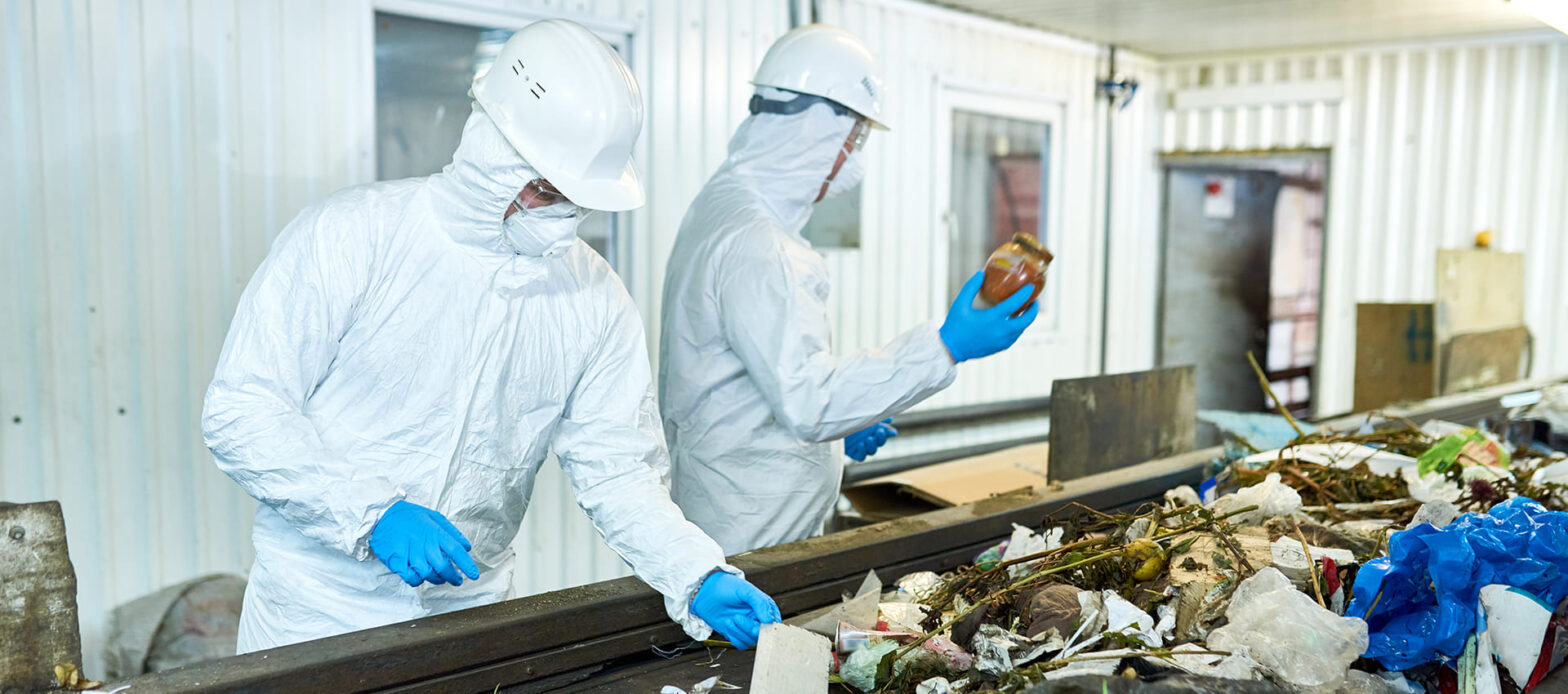Waste management is the systematic administration of waste materials from their inception to their final disposal. This process encompasses collection, transportation, processing, recycling, and disposal, aiming to reduce the adverse effects of waste on human health and the environment. Effective waste management practices are crucial across various industries, including healthcare, manufacturing, construction, retail, and food and beverage. Each sector faces unique challenges and employs specific strategies to handle their waste responsibly.
Some of the waste disposal methods are:
- Landfilling: Involves burying waste in designated areas, commonly used but can cause long-term environmental issues if not managed properly.
- Incineration: Burns waste at high temperatures to reduce volume and destroy hazardous materials, though it can produce harmful emissions.
- Recycling: Converts waste materials into new products, reducing the need for raw materials and minimizing environmental impact.
- Composting: Decomposes organic waste into nutrient-rich soil, ideal for food and garden waste.
- Waste-to-Energy: Converts waste into energy through combustion, gasification, or anaerobic digestion, providing a sustainable energy source.
Importance of Proper Waste Disposal
Implementing measures to ensure the safe and environmentally sound management of healthcare waste can prevent adverse health and environmental impacts. This includes avoiding the unintended release of chemical or biological hazards, such as drug-resistant microorganisms, into the environment, thereby protecting the health of patients, healthcare workers, and the public.
Types of waste:
- Infectious waste: Waste contaminated with blood and other bodily fluids (e.g. from discarded diagnostic samples), cultures and stocks of infectious agents from laboratory work (e.g. waste from autopsies and infected animals from laboratories), or waste from patients with infections (e.g. swabs, bandages and disposable medical devices).
- Pathological waste: Human tissues, organs or fluids, body parts and contaminated animal carcasses.
- Sharps waste: Syringes, needles, disposable scalpels and blades, etc.
- Chemical waste: For example, solvents and reagents used for laboratory preparations, disinfectants, sterilants, and heavy metals contained in medical devices (e.g. mercury in broken thermometers) and batteries.
- Pharmaceutical waste: Expired, unused, and contaminated drugs and vaccines.
- Cytotoxic waste: Waste containing substances with genotoxic properties (i.e. highly hazardous substances that are mutagenic, teratogenic, or carcinogenic), such as cytotoxic drugs used in cancer treatment and their metabolites.
- Radioactive waste: Such as products contaminated by radionuclides, including radioactive diagnostic material or radiotherapeutic materials.
- Non-hazardous or general waste: Waste that does not pose any particular biological, chemical, radioactive, or physical hazard.
Medical waste treatment methods:
- Autoclaving: Autoclaving provides sterilization through steam. Though autoclaving is a good solution for sterilizing microbiological wastes, it is not an appropriate solution for other types of waste such as pathological and toxic chemicals.
- Chemical Disinfection: Chemical disinfection is usually reserved for chemical and liquid waste. Chlorine is a common chemical used during this process. The types of microorganisms in the waste and how contaminated the product is determines whether this is an effective choice for sterilization.
- Microwaving: Irradiative sterilization uses the same technology as microwaves to disinfect waste. Waste is shredded and mixed with water. The waste is then heated so that all biological elements are neutralized.
- Incineration: Incineration is typically used as a disposal method for pathological waste and pharmaceutical waste. During this process, medical waste incinerators reach temperatures as hot as 850-1100 °C.
- Ultraviolet light: UV light in pharmaceutical waste management effectively neutralizes pathogens, offering a non-chemical, efficient, and cost-effective sterilization method. It inactivates microorganisms, ensuring safer handling and disposal while minimizing environmental impact. This cutting-edge approach enhances safety and sustainability in pharmaceutical waste disposal processes.
Before waste can be disposed, it must be stored safely. Different types of storage for waste include:
- Bags: Different types of garbage bags are available in the market depending on the requirement. For example, bags sold for medical waste are usually made from linear low-density polyethylene, although some may be made from polypropylene.
- Containers - Tanks and Totes: An important consideration in choosing a container is the expected nature of the waste and whether it is a dry solid, a liquid, a slurry, or a wet solid.
- Dumpsters: Outdoor dumpsters are okay for municipal solid waste, but regulated waste (hazardous, radioactive, biological) should be kept in tight containers and indoors.
- Sharps containers: These containers are designed to store needles, scalpels, and lancets.
Challenges in Waste Management
Managing waste presents several challenges:
- Segregation: Proper waste segregation is critical but difficult due to its varied nature.
- Compliance: Ongoing adherence to regulations requires continuous monitoring.
- Training: Ensuring healthcare personnel are well-trained is essential for safety.
- Costs: Disposal can be costly, especially for small entities.
Waste management faces challenges in segregation, regulatory compliance, training, and disposal costs. Best practices include using color-coded bins, regular staff training, implementing waste-tracking technology, partnering with certified disposal services, and conducting regular audits to ensure safety and compliance in the medical industry.
Conclusion
Effective waste disposal management is essential to protect public health and the environment. By understanding the importance of proper waste disposal, recognizing the challenges, and implementing best practices like using color-coded bins, regular staff training, implementing waste-tracking technology, partnering with certified disposal services, and conducting regular audits to ensure safety and compliance can ensure safe and compliant waste management.
Connect with OxyMed’s team of experts for a detailed discussion on waste management methods.
